
The left is the original Osmo Action. On the right is the new Osmo Action 3
- 4K/120fps and 1080P/240fps high frame rate shooting
- Powerful image stabilization and horizontal hold (RockSteady 3.0, HorizonSteady, HorizonBalancing)
- Perfect exposure and color temperature settings, excellent AUTO function, and a wide range of digital zoom
- Enhanced battery, fast charging, and significantly improved operability
- It can also be used vertically, and can be fixed quickly with a strong magnet. Various accessories can be used
- Osmo Action 3 that I would like people who have never used an action camera to use
“Osmo Action 3” (hereinafter: OA3) was released in less than a year after the release of Osmo Action 2 (hereinafter: OA2), three years after the release of the first generation Osmo Action. While many people were eagerly waiting for the successor to the original Osmo Action, less than a year after the release of the OA2, only the silhouette of the OA3 was announced in advance. However, once the lid is opened, the original style is stable, and it is now possible to easily mount it vertically so that it can be used for vertical image display, which is often used in smartphones and other devices.
So, I would like to briefly explain the feeling of use this time.
4K/120fps and 1080P/240fps high frame rate shooting
The most notable point in the announcement of OA3 is that it is now possible to shoot at a high frame rate of 4K / 120fps. There are many cameras that can shoot at 1080P / 120fps these days, even if they are not action cameras, but the price of cameras that can shoot at 4K / 120fps is still jumping. It’s great to be able to do that with an action camera in this price range. There is no doubt that it will be useful in extreme sports, etc., where demand is particularly high.
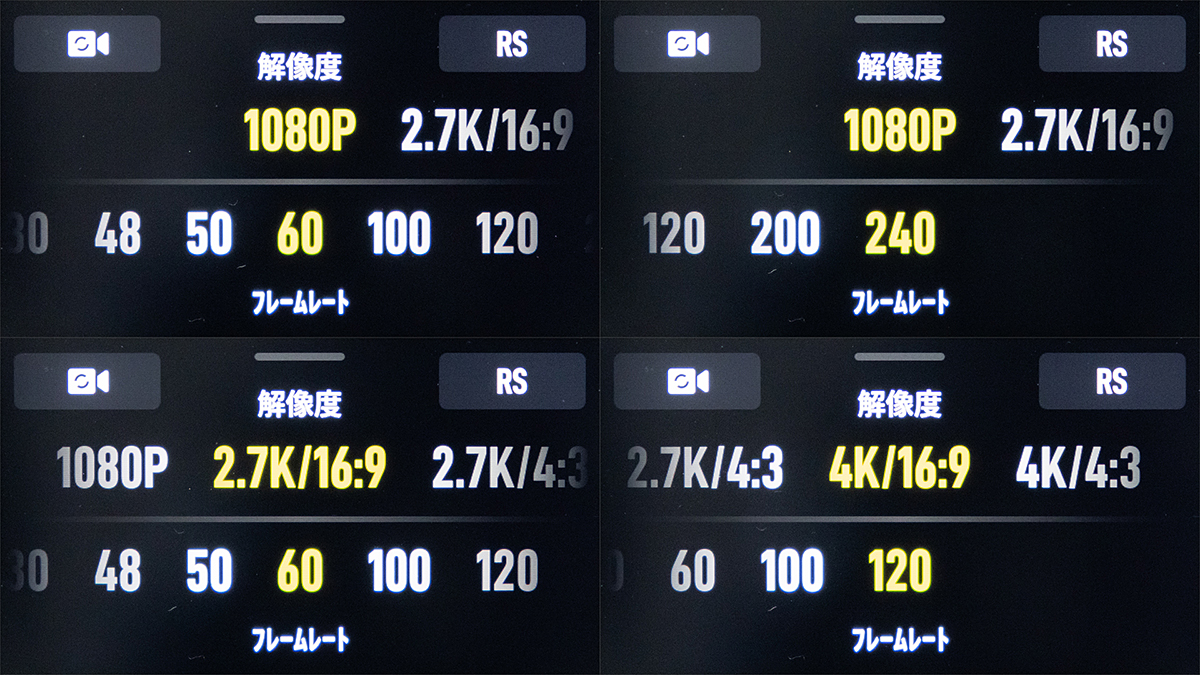
*Click image to enlarge
Also, shooting at a high frame rate greatly increases the range of effects during editing. Especially when shooting at 1080P/240fps, even though the angle of view is reduced from 4K to 1/4, it’s great to be able to shoot at 24 frames per second at 10x slow speed and at 30 frames per second at 8x slow speed. However, shooting at a high frame rate is accompanied by “heat failure”. In particular, small action cameras have poor heat dissipation, so you have to be careful when shooting. Even if you don’t mind if you’re in the winter mountains or underwater, you need to be careful with the OA3 when using it in places exposed to direct sunlight, such as in the summer.
Powerful image stabilization and horizontal hold (RockSteady 3.0, HorizonSteady, HorizonBalancing)
Shooting at 4K / 120fps is certainly a big point, but I actually feel that the blur correction and leveling are also very attractive. Unlike gimbal cameras, it mechanically suppresses blurring, so shooting often takes some getting used to, but the OA3 is equipped with the new generation electronic image stabilization “RockSteady 3.0” and can shoot at 4K/120fps. Even when shooting , you can easily shoot smooth and blur-free images.
In the situation tested this time, when shooting at 4K / 120fps or 1080P / 240fps with the camera installed on the front of the car, I turned RockSteady 3.0 on and off to make a comparison. I played back the shot material and checked it, but when I played back at the frame rate at the time of shooting, I didn’t notice any blurring, but when I checked it at 29.97 fps, when I shot it with RockSteady 3.0 turned off, it was fine from the asphalt. I could clearly see small vibrations caused by the input, but when it was turned on, I was able to shoot a smooth and comfortable image with no unnecessary vibrations.

In addition to that, “HorizonSteady” and “HorizonBalancing” that keep horizontal are also powerful. Horizontal hold seems to be stronger, especially with gimbaled cameras, but the OA3 can shoot just as well without a gimbal, albeit with its limitations. First of all, HorizonSteady keeps the horizontal position at the start of shooting. This is an effective function when the camera is rotated due to a fall after shooting, etc., and the upper limit of operation is 1080P/60fps.
Next, HorizonBalancing keeps the OA3 horizontal up to a horizontal tilt of ±45°. can. The upper limit of HorizonBalancing operation is 4K/60fps, and it is attractive to be able to shoot images that maintain horizontality even in 4K.
Perfect exposure and color temperature settings, excellent AUTO function, and a wide range of digital zoom
The exposure and color temperature settings follow the original Osmo Action, but of course the functions have been upgraded. The CMOS sensor size of the first generation was 1/2.3 inch, and the CMOS sensor of OA3 was enlarged to 1/1.7 inch, and the upper limit of ISO sensitivity was 12800, which is two steps higher than 3200 of the first generation to 12800. there is In AUTO, settings can be made in increments of one step from ISO 100, and in EV, up to ±3 can be adjusted in 1/3 step increments.

The manual setting of the color temperature can also be set from 2000K to 10000K in increments of 100K, but if the color temperature is set to AUTO, it is also appreciated that it will set the appropriate color temperature in increments of 10K. With the enhancement of AUTO for exposure and color temperature, not only does it reduce editing work, but it will also greatly reduce exposure and color temperature adjustment shortages during live distribution.
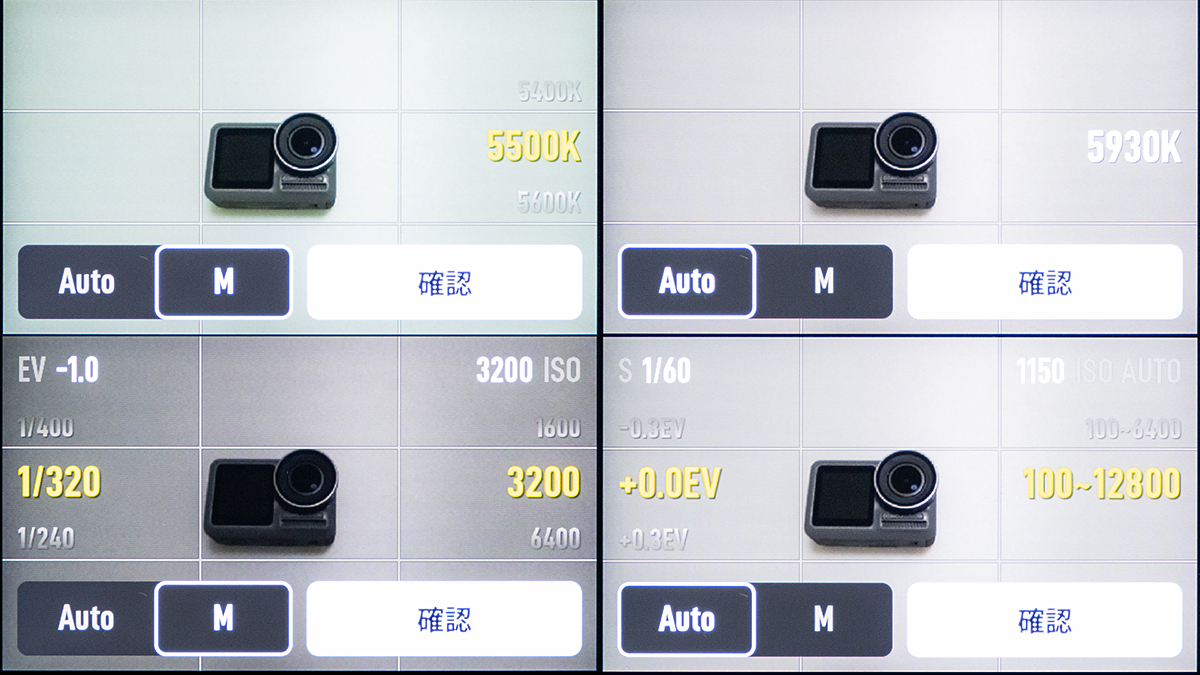
*Click image to enlarge
In addition, the FOV can be changed to 155° “ultra wide angle” and “wide angle”, which is expanded by about 10 degrees from the first generation, and “standard” with distortion correction, and digital zoom is installed there. The digital zoom is 2x for most angle of view sizes and frame rates, but it can be zoomed up to 3x at 1080P/60fps with the horizontal hold function enabled, and up to 4x with RockSteady ON/OFF.

The OA3 has a lens protective cover that can be removed, so you can attach third-party NDs, filters, macro lenses, etc., to support shooting in a variety of situations.

Enhanced battery, fast charging, and significantly improved operability
Action cameras are often required to shoot for a long time, but OA3’s feature is that it can shoot for more than 2 hours without power supply. Of course, the recording settings are limited, but you can shoot up to 160 minutes at 1080P/30fps.
When supplying power with USB 3.0, the USB 3.0 port and microSD slot were in the same place in the first generation, so the microSD slot was exposed, but in OA3 only the USB 3.0 port is independent, Obstacles are less likely to occur. The USB 3.0 port on the main unit not only supplies power, but can also be quickly charged to 80% in 18 minutes of charging, expanding shooting applications in various situations.

*Click the image to enlarge

And as a big upgrade, I would like to mention the improvement of operability. OA3 can be operated not only by touch operation on the LCD on the back, but also on the LCD on the front. For example, even if you can’t operate on the back, you can operate on the front in the same way, and DJI Mimo can also be operated remotely, which greatly reduces the stress of setting and operation. In addition, you can perform four operations: start and stop recording by voice, take a picture, and shut down. However, it currently supports only two languages, English and Chinese.
In addition, there is also a function to read out the current operating state by voice, and it feels like it is completely exhausted.


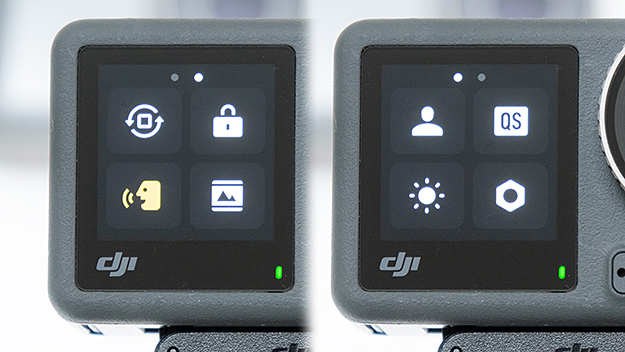
It can also be used vertically, and can be fixed quickly with a strong magnet. Various accessories can be used
As shooting and viewing on vertical screens, such as smartphones and signage, is increasing, OA3 is one of the first to support both horizontal and vertical orientations. In the horizontal position, the “Quick Release Adapter Mount” can be attached without going through the “Protective Frame”, and in the vertical position, if the quick release adapter mount is attached after attaching the protective frame, the vertical position can be fixed. can.



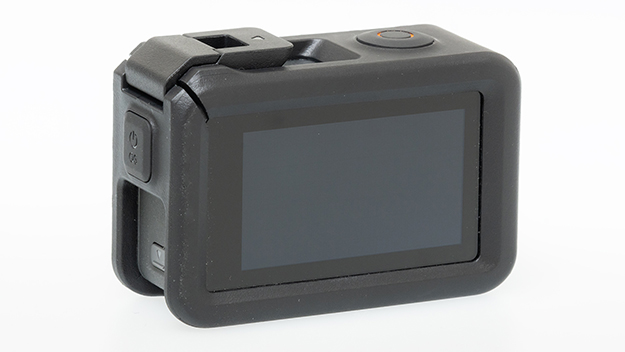

Thanks to the magnetic polarity of the magnet, the Quick Release Adapter Mount can be easily attached and fixed in the correct orientation, and can be mounted horizontally or vertically using a variety of accessories other than those provided by DJI. You can take pictures.
Osmo Action 3 that I would like people who have never used an action camera to use
There are some features that I didn’t cover above. Audio recording has changed from monaural to stereo, wind noise can be reduced, an external microphone can be used, and it can also be used as a web camera. In addition, it is possible to perform live distribution via DJI Mimo, and functions such as “invisible stick”, which has an advantage when editing, naturally achieve waterproofing up to a depth of 16m without using a waterproof case for underwater shooting. I think it has potential for expansion.
Due to the impact of exchange rates, etc., it may feel a little more expensive than the original Osmo Action, but in terms of functionality, it is rather cheaper. In addition, the minimum required “Standard Combo” and the highly expandable “Adventure Combo” are available for the sales package.

In this test, we didn’t use it thoroughly, but it can be said that the OA3 has expanded the good points of the original Osmo Action as they are and improved the points that were difficult to use.
I would like people who have been avoiding action cameras to use the OA3. What I thought while using OA3 this time is that I would like people with a lot of iron to use it. For example, I think there are many situations where the camera cannot be fixed in order to shoot a front view, but with the OA3’s stabilization and horizontal hold functions, it should be possible to shoot images that are close to a fixed state even when handheld.
Yusaku Oyamada|Profile
It’s been 20 years since I started video work under the name of “you-arts”. Focusing on company PVs and seminar videos, he directs, shoots, edits and creates 2DCG. He also shoots stills and is currently involved in the production of a YouTube program.
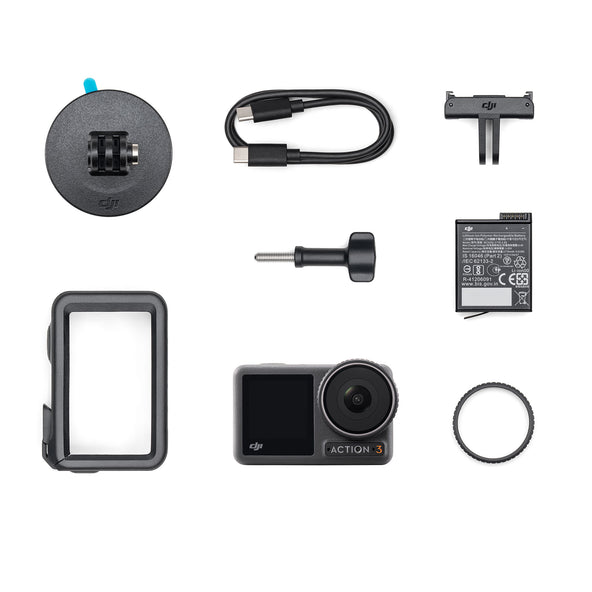
DJI Osmo Action 3 Standard Combo
Price: 47,300 yen including tax

DJI Osmo Action 3 Adventure Combo
Price: 66,000 yen including tax
WRITER PROFILE














